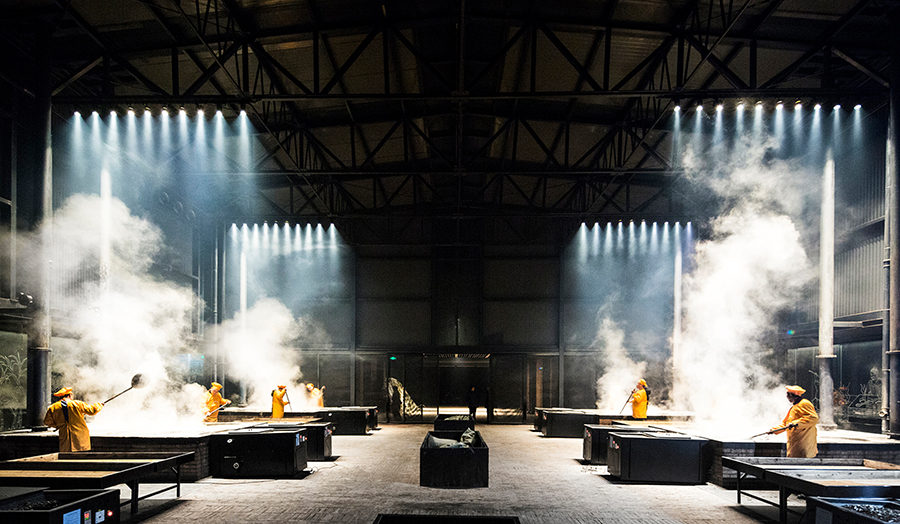Studio brief
This studio orientates its theoretical and practical concerns in relation to two phenomena: the screen and the hole. We will consider the ubiquity and invisibility of screens and explore the curious ontological realm of holes. Plotting the various nothings that exist between, around and through holes –from gaps, intervals, voids to the hidden, obscured and missing – we will analyse the function of the screen as an idea and an object, and its status within contemporary art.
An increasing part of our daily lives is spent looking at screens, from mobile communication and social media, to images presented in galleries and cinemas, but we might not consider the curious shifts of perception that take place when we alter our gaze from screens to the surrounding environment. As they become part of everyday experience and effectively mediate perceptions and interactions, screens have a tendency to become invisible. But what happens when this seeming transparency is compromised? A lost connection, a compression error, or a crack in a screen might confront us with a sudden reminder of physical presence of the screen. This studio will consider the possibilities of such technical glitches as holes that expose the obscured materiality of screens, through which we might glimpse entry to their hidden histories.
While a screen is used to display it is also used to obscure or to hide. A hole might allow us to see through or even pass through but it might also be the absence of something significant. If we accept that a hole as an appearance of space within a material, then a screen can be understood to be an appearance of material in space. Therefore we might think of the hole-in-a-screen as the appearance of space within a material that is surrounded by space. What this implies is a matter of perspective: we see the edges, the frame of thing that bears the hole.
In psychoanalysis a screen memory is a memory that may attempt to hide the past, and the notion of a hole, gap, or absence is also understood to play a role in our psychic lives. From the ineffable of the unconscious, to the lacuna of the traumatic, and the gaps of memory caused by these absences of knowledge, or lapses in meaning, are central to many of our experiences. We will examine these ideas in relation not only to art practice but also to literature, theatre and film.
Artists to look at
Chantal Akerman, Cory Archangel, Ed Atkins, Marcel Broodthaers, John Cage, Marguerite Duras, Latifa Echakhch, Michael Haneke, David Lynch, Agnes Martin, Gordon Matta-Clark, George Perec, Robert Rauchenberg, Olve Sande, Hito Steyerl, Apichatpong Weerasethakul.
Reading list
- The Visible and The Invisible, Maurice Merleau-Ponty
- Seminar XI: The Four Fundamental Concepts: 1963-1964, Jacques Lacan
- Technics and Time, Vol 3: Cinematic Time and the Question of Malaise (Chapter 1), Bernard Stiegler
- Paradoxes of Appearing, Essays on Art, Architecture and Philosophy, Michael Asgaard Andersen, Henrik Oxvig (eds.)
- The Crack in the Electric Window, Charles R. Acland
- Evil Media, (Introduction) Matthew Fuller and Andrew Goffey
- No Medium, (Chapter 1+2), Craig Dworkin, MIT press
- The Virtual Life of Film, Chapter 3: “An Image that is Not “One”, D.N. Rodowick
- Material Witness, Forensic Media & the Production of Evidence, Susan Schuppli
- Missing People; Entanglement Superposition, and Exhumation as sites of Indeterminacy Hito Steyerl
- Cinema 2: The Time Image, Gilles Deleuze
- Unclaimed Experience: Trauma, Narrative and History, Cathy Caruth
- Art and Psychoanalysis, Maria Walsh
- Bad New Days: Art, Criticism, Emergency, Hal Foster
- Between Film, Video, and the Digital: Hybrid Moving Images in the Post-Media Age, Jihoon Kim
- Documents of Contemporary Art: Moving Image, Edited by Omar Kholeif
,-Photo---Ugo-Mulas-(detail).jpg)
Details
| Course | Fine Art BA (Hons) |
|---|---|
| Tutor | Dr Jonathan Whitehall Patrick Ward |
| Where | Calcutta Small Annex, CS3-05 |
| When | Monday and Thursday |

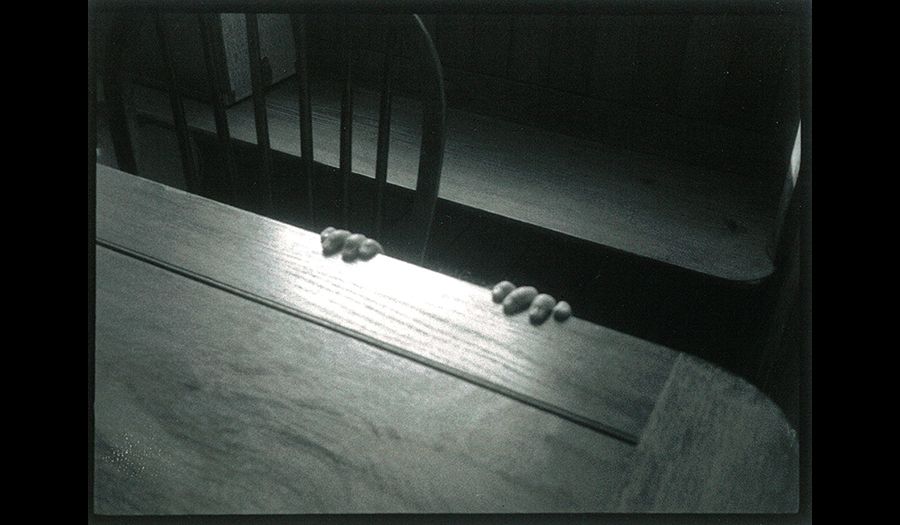
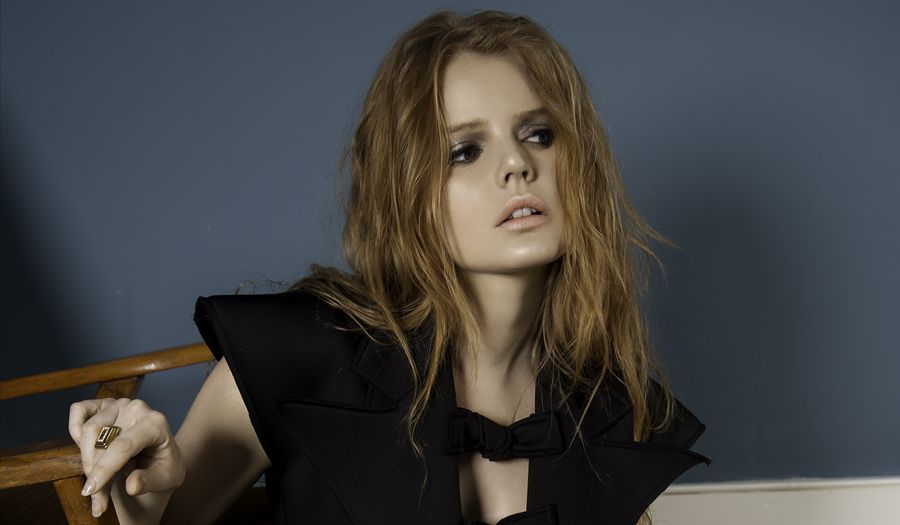
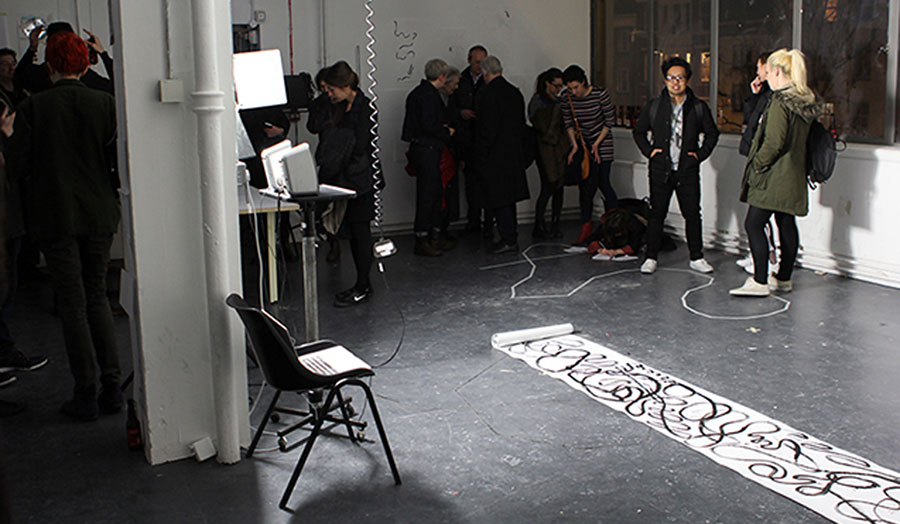
,-Bob-and-Roberta-Smith.jpg)
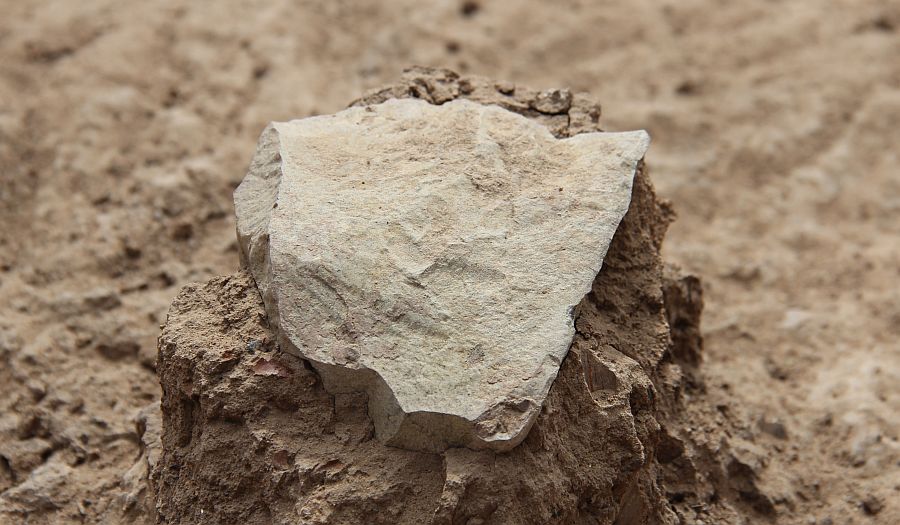
-(1).jpg)
